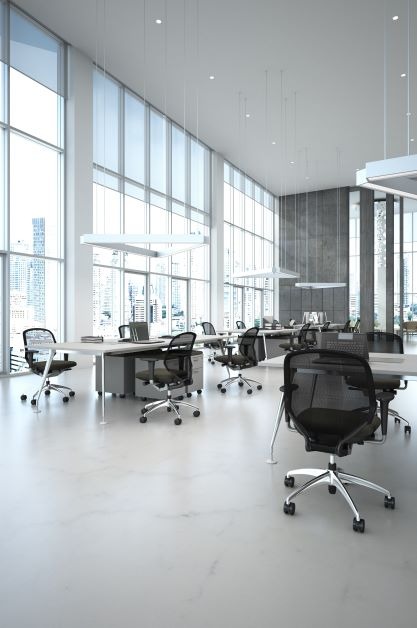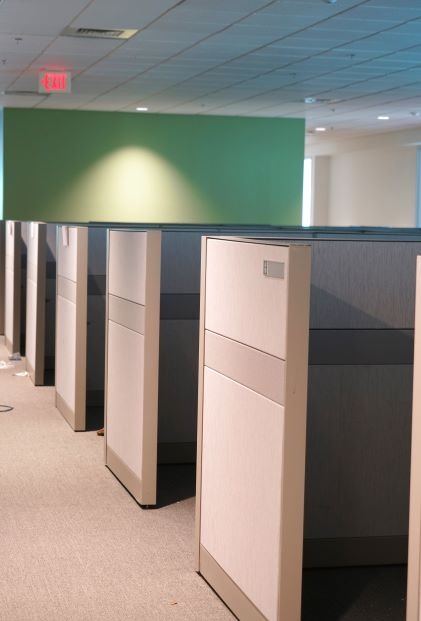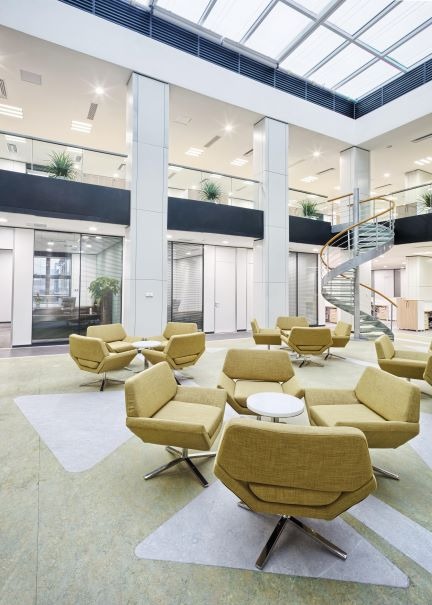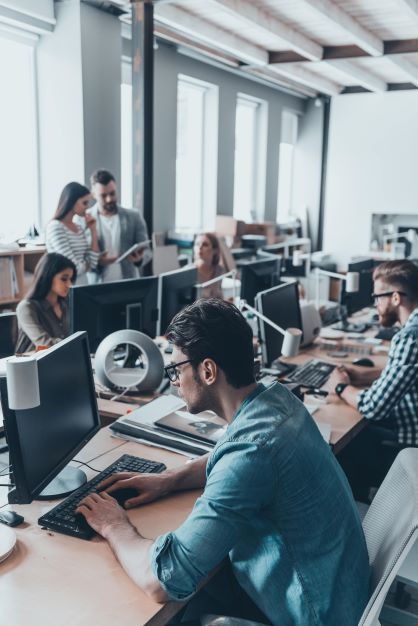What Is Office Outfitting?
There have been some drastic changes over the last century when it comes to office outfitting. In the early days of corporate existence, offices were rather uninteresting and dull. There was very little decoration, and most people worked in cubicles. Today, things are a bit different. Office design has become more critical than ever, and companies are willing to spend a lot of money making their offices look stylish and inviting. So what has changed over the years? Let’s take a look!
Office outfitting is the process of designing and equipping an office with the necessary furniture, equipment, and supplies. It can include everything from choosing a desk to purchasing pens and paper. Office outfitting is critical to the success of any business. The way your office is designed can impact employee productivity, morale, and even your bottom line. This is because the layout of your office, the type of furniture you use, and the overall look and feel of the space can all affect how your employees work.
The Early Days Of Office Outfitting
In the early days of business, offices were quite plain and boring. There was very little decoration, and most people worked in cubicles. The office design was not a priority, and most companies simply chose whatever furniture was cheapest or easiest to find.
For example, in the early 1900s, many office workers used Underwood typewriters. These were heavy and clunky machines that made a lot of noise. They were also quite expensive, so only the most wealthy businesses could afford them.
Another way businesses didn’t have to spend money on office design was by using standardisation. This meant that all of the furniture in an office was the same, regardless of who worked there or what their job was.
This helped cut costs and made it easy for businesses to move employees around if needed; however, it led to a very boring and uninspiring work environment. Many offices in the 1900s felt more like factories than places of work.


The Cubicle Era
Ah, the good old days of the cubicle. This was when office design became more critical, and companies began to invest in better furniture and equipment.
The cubicle was first invented in the 1960s to save space. It allowed multiple employees to work in one area without sharing a desk. At first, these were relatively small and cramped, but they became larger and more comfortable over time.
The cubicle era was also when office furniture started to become more ergonomic. This means that it was designed to be more comfortable and efficient for workers. For example, adjustable chairs and standing desks became popular during this time.
Cubicles offered a good solution at the time, but eventually, they became synonymous with boredom and unhappiness. Many people felt like they were trapped in these small spaces, which led to many office workers feeling stressed and overworked.
The Open Office Trend
There has been a move away from cubicles and towards open offices in recent years. This type of office design is meant to create a more collaborative and social work environment. Open offices typically have large common areas where employees can work together. They also often have fewer walls and partitions, which gives the space a more relaxed feel. Some companies have taken this trend to the extreme by getting rid of all private offices and cubicles altogether. This can create a noisy and chaotic work environment, which is not ideal for everyone.
Office Design Today
Today, office design is more critical than ever. Companies are willing to spend a lot of money making their offices look stylish and inviting. Rightfully so, businesses have realised that happy and productive employees start with a great work environment.
Many offices are not going for the minimalist approach like the open office trend. They are choosing furniture and accessories that reflect their brand and personality. This can include unique desks, chairs, and even art on the walls.
It’s also becoming more common for companies to invest in employee wellbeing. This includes things like standing desks, yoga rooms, and nap pods.
Another popular trend is biophilic design, which incorporates elements of nature into the office. This can be anything from plants to water features. The goal is to create a space that feels more natural and relaxing.
Office outfitting is constantly changing; it’s hard to say what the future holds. However, there are a few things we can be sure of. Office design will continue to get more creative and innovative, and companies will continue to invest more money in making their offices comfortable and stylish.


Tips For Creating A Practical And Comfortable Workspace
If you’re looking for some tips on creating a practical and comfortable workspace, here are a few things to keep in mind:
-Make sure your office is well lit. This will help you feel more alert and awake.
-Invest in comfortable furniture. This includes things like a good chair and a standing desk.
-Make sure your office has plenty of storage. This will help to keep your desk organised and your work area clutter-free.
-Add some plants to your office. This will help to create a more natural and relaxing environment.
-Try to include window seats frequently throughout the office. This will allow you to get some natural light and fresh air.
When it comes to outfitting your office, there is no one-size-fits-all solution. The best way to figure out what works for you is to experiment with different designs and layouts. Office outfitting is constantly changing, so don’t be afraid to change up your space every once in a while.
Do You Still Have Quotations About Office Design?
Office outfitting has come a long way since the early days of business. From boring cubicles to stylish and modern offices, the way we work has changed dramatically. And as our understanding of how office design affects productivity continues to grow, we can expect even more changes in the years to come. If you are considering redesigning your office the Fusion Team are here to help. Contact us today!